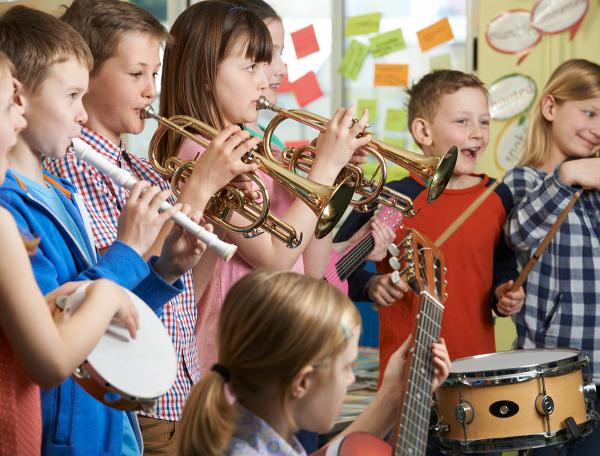Learning to play a musical instrument is a journey that offers countless rewards and enriching experiences for individuals of all ages. From cognitive and emotional development to social connections and personal fulfillment, the benefits of musical education extend far beyond the realm of music itself. In this article, we’ll explore some of the profound advantages that learning a musical instrument can offer to both children and adults.
Cognitive Development
- Enhanced Brain Function: Learning a musical instrument engages various areas of the brain, including memory, motor skills, auditory processing, and spatial reasoning. This cognitive stimulation can lead to improved brain function and enhanced neuroplasticity.
- Improved Academic Performance: Numerous studies have shown a positive correlation between musical training and academic achievement. Children who learn to play a musical instrument often demonstrate improved performance in subjects such as math, language arts, and science.
- Enhanced Memory and Focus: Practicing and memorizing music strengthens memory retention and concentration skills. The discipline required to learn and master an instrument can transfer to other areas of life, fostering greater focus and attention to detail.

Emotional and Social Benefits
- Stress Relief and Emotional Expression: Playing music provides a creative outlet for expressing emotions and relieving stress. Music has the power to evoke a wide range of emotions and can serve as a form of self-expression and catharsis for both children and adults.
- Increased Self-Confidence: Mastering a musical instrument and performing in front of others can boost self-esteem and self-confidence. Overcoming challenges and achieving milestones in music can instill a sense of pride and accomplishment.
- Social Connection and Collaboration: Music brings people together and fosters social connections through ensemble playing, group lessons, and collaborative performances. Learning to play with others encourages teamwork, communication, and cooperation.

Lifelong Skills and Personal Growth
- Discipline and Persistence: Learning a musical instrument requires dedication, discipline, and perseverance. The process of practicing regularly, setting goals, and overcoming obstacles builds resilience and fosters a growth mindset.
- Creativity and Innovation: Music encourages creativity and imagination, allowing individuals to explore new ideas, experiment with different styles, and push the boundaries of their creativity. Learning to improvise and compose music fosters innovation and originality.
- Lifelong Learning and Enjoyment: Music is a lifelong journey of discovery and enjoyment. Whether you’re a child learning your first notes or an adult picking up a new instrument, the joy of making music can be a source of fulfillment and enrichment throughout life.

Conclusion
Learning to play a musical instrument offers a multitude of benefits that extend beyond the realm of music itself. From cognitive development and emotional well-being to social connections and personal growth, the transformative power of music has the potential to positively impact individuals of all ages.
Whether you’re a parent considering music lessons for your child or an adult looking to pursue a lifelong passion, investing in musical education can open doors to new opportunities, enriching experiences, and a deeper appreciation for the art of music.
So, pick up an instrument, embrace the journey, and let the transformative power of music guide you on a path of discovery and self-expression.












